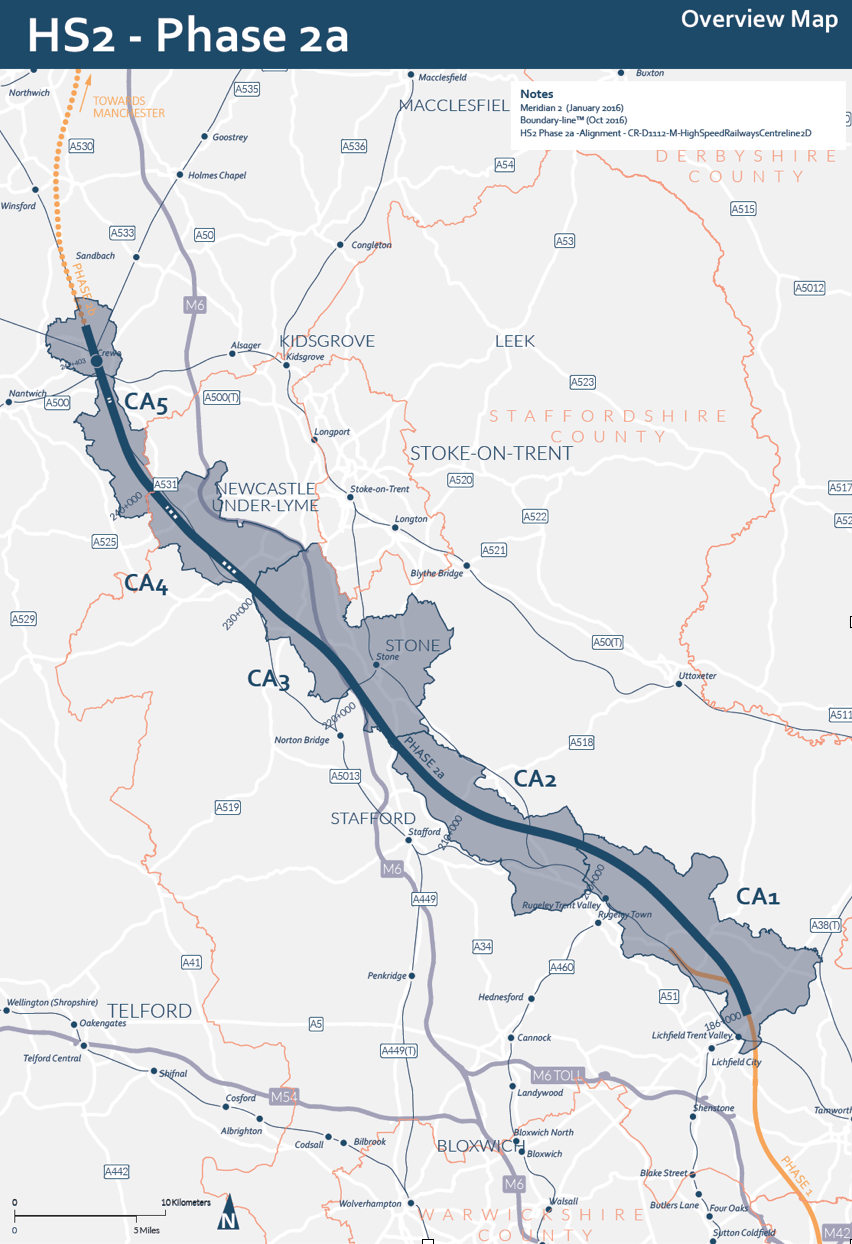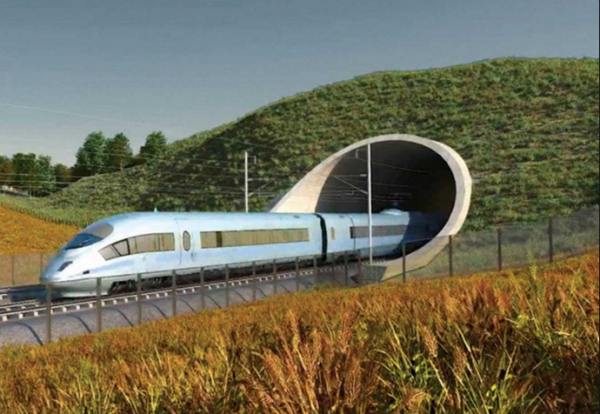The redevelopment of the area around HS2’s Euston station could be worth nearly £6bn, the company behind the project’s masterplan has revealed.
Lendlease, which won the master-developer contract in February, said it expected the overall Euston redevelopment covering the area around the station to be worth AUS$10.2bn (£5.8bn) when fully completed.
The value was revealed as part of Lendlease’s results for the year to 30 June 2018, in which the company recorded an estimated global development pipeline of AUS$71.1bn (£40.5bn).
The pipeline was boosted by a number of new developments in the UK, including the Silvertown Quays scheme in east London valued at AUS$6.1bn (£3.47bn) and the High Road West regeneration in Tottenham, worth AUS$2bn (£1.14bn).
Lendlease also won a development role on Milan’s Milano Santa Giulia with a development value of AUS$3.6bn (£2.05bn), taking the total European development pipeline to AUS$29.3bn (£16.68bn).
As part of Lendlease’s focus on the European market, former CEO of international operations and Europe Dan Labbad will now focus solely on Europe.
Lendlease posted global pre-tax profit for the year to 30 June of AUS$1.07bn (£610m), up from AUS$1.01bn (£570m) in the previous 12 months.
Global revenue for the company stood at AUS$16.57m (£9.43bn), down from the previous year’s figure of AUS$16.66bn (£9.48bn).
Lendlease’s UK construction arm saw gross profit hit £48.4m for the year to 30 June 2018, up from £44.8m in the previous 12 months.
The UK business reported EBITDA (earnings before interest, taxes, depreciation and amortisation) of £12.8m on revenue of £389m, giving it an EBITDA margin of 3.3 per cent.
Lendlease Construction managing director for Europe Neil Martin said the improved performance had been driven by more selective bidding in the division.
He said: “Our tight control on costs [… and] our focus on profitability rather than revenue has led to further growth in gross profit for Lendlease’s construction business.
“Our recent focus to manage risk exposure across the portfolio means that a significant amount of our workload is now construction management.
“Achieving this balance between fee and risk work has been key to this year’s positive results.
“Whilst revenue is down, the profit margin is up and this positions us strongly as we continue to deliver on the expanding pipeline.”
Despite the increase in UK profit, Lendlease’s global construction operations saw full-year profit drop 77 per cent from AUS$338m (£192.4m) to AUS$78m (£44.4m).
Much of this was down to the group’s Australian construction business, which was hit by losses of AUS$23.1m (£13.2m) for the year, compared with a profit of AUS$201m (£114.4m) for the previous 12 months.









